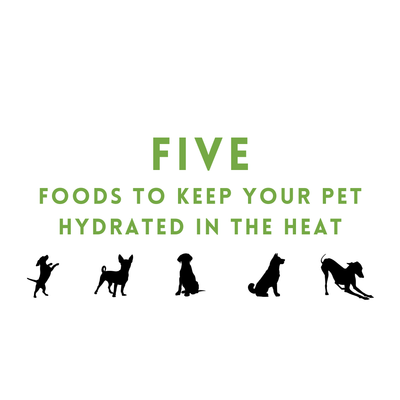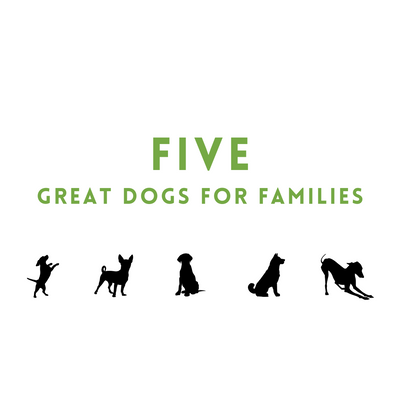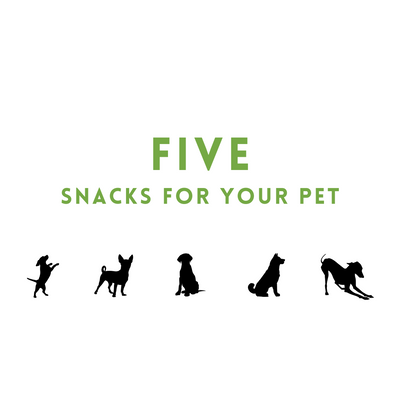Be honest, you’ve seen a picture or a video of a grey wolf out in the wild and thought about burying your head in its fluffy coat. They just look so… like your loveable furbaby. And you know that domesticated dogs have a common ancestor with the grey wolf, so how different could it really be?
Though domesticated dogs and grey wolves share a common ancestry, they’ve evolved into quite different creatures. For example, your dog would love pets, scratches and hugs, whereas a grey wolf would bite, scratch or eat you. Unfortunate, but true. Here are five more key differences between your furry friend and their wild cousins:

One. Fluffy Coats.
As mentioned, the wolf’s fluffy coat is an appealing fluffy and soft-looking coat. Many domesticated dog breeds, such as the Husky, the Samoyed or the Malamute, have a similar coat, but many others have shorter coats such as the Pug, Golden Retriever and Poodle. Wild grey wolves have a thick coat to assist them in winter which sheds in spring, to keep their temperature regulated year-round. While dogs shed, too, it is generally to a lesser degree. When humans domesticated dogs, they took them away from the wild environment, reduced the need for temperature control and bred out the evolutionary process.

Two. Social structure.
Your dog is your furbaby, and they know it. They often view us humans as part of their pack and relies on us for food, companionship, and care. They can live happily in homes with other pets and people without too much tension. Generally, they’re very friendly, even to new faces. Grey wolves, by contrast, are very territorial, not very friendly. Pack members work together to hunt, raise pups, and defend their territory. It is not common for grey wolves to change packs or live alone like dogs do.

Three. Physical activity.
Sometimes, your dog is not interested in going for a walk, and no matter how much you coax, pull or push, they won’t move from the couch. Different breeds require different amounts of exercise, and each animal feels their own way about getting up from bed to go for a sniff, but wolves generally don’t have that option. They’ve never had the option to vege out on the couch instead they travel long distances daily, sometimes covering up to 30 miles, in search of food and to patrol their territory. They have high stamina and endurance that would impress even the Kelpie or Shepherd today. 
Four. Meal times.
Many vets agree that consistent meal times, breakfast and dinner, portioned by a percentage of your dog’s body weight is the best feeding routine for your pet. Consistency is key to physical and mental health of your dog, however the grey wolf in the wild wouldn’t have this consistent and convenient routine. The grey wolf eats irregularly, depending on when they catch prey. A single kill can provide enough food for several days, but there can be long periods between successful hunts.

Five. Diet.
Many people think the diet of their canine friend is one of the things that has changed: grey wolves, of course, eat raw meat, bones and organs they catch in their environment. By contrast, many domesticated dogs today eat processed, dry and cooked biscuits filled with grains, soy, preservatives and more.
In reality, the teeth, stomach and digestive processes of your dog haven’t changed that much in the thousands of years of evolution. They enjoy, and thrive best on, raw organ and muscle meat, bones and small amounts of vegetation. There's a lot of differences between your dog and a grey wolf, but this isn't one of them.

So, your dog isn't much like a grey wolf. For example, a grey wolf would not enjoy curling up on your couch next to you all day. They have a lot of key differences that change the way you can support your pet, but they have one vital similarity: their diet. That’s why we’ve designed Pawganic Pet Food to meet your pet’s evolutionary needs and help them thrive, whether they’re on the couch, the backyard or running free at the dog park.






